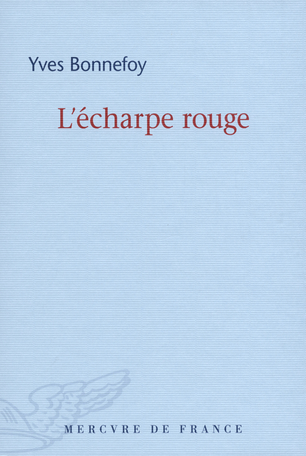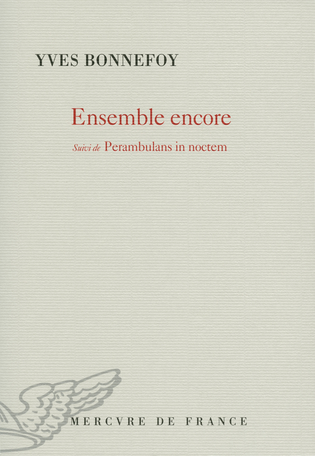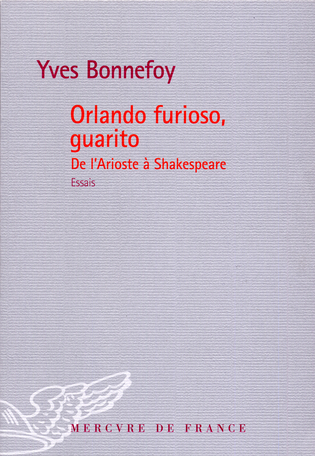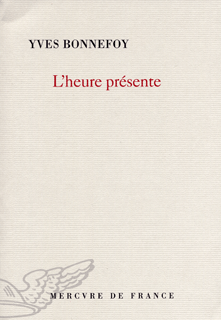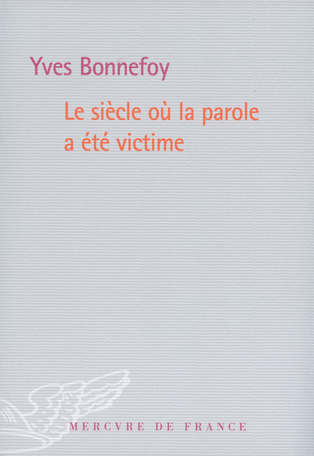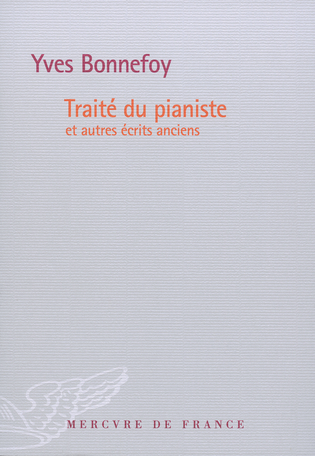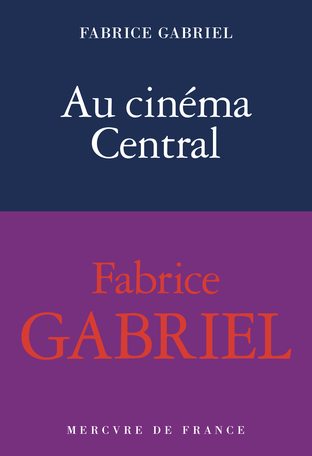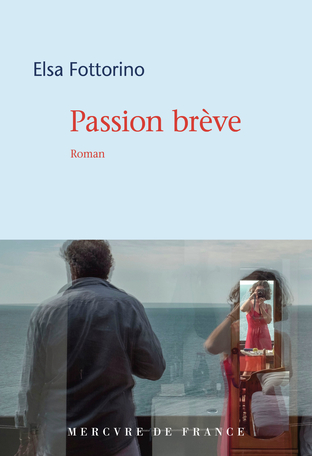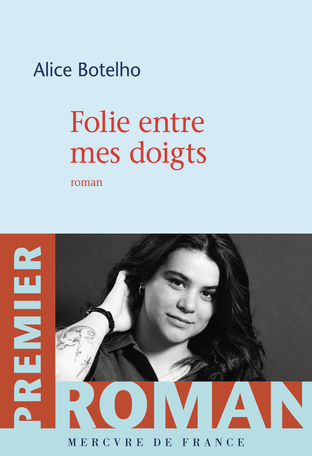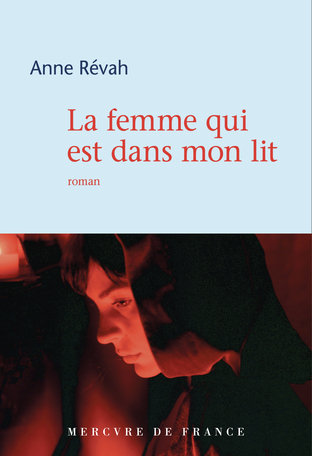L'Écharpe rouge suivi de Deux scènes et notes conjointes
Cette centaine de vers écrits d'un seul élan, en 1964, Yves Bonnefoy y revenait souvent, à travers les années, car ils étaient pour lui une énigme. Par exemple, «L'écharpe rouge»
exposait, non sans précision, une «idée de récit». Mais pourquoi celle-ci venait-elle buter sur un événement au-delà duquel rien n'était plus concevable?
Un jour pourtant, dans l'après-coup d'un autre récit, de beaucoup plus tard, «Deux scènes», l'auteur étonné de «L'écharpe rouge» découvrit la clef qui lui permit de comprendre ce qui réclamait l'attention mais aussi se refusait dans ces quelques pages : autrement dit quelles inquiétudes, quelles émotions, quels remords avaient décidé, très en profondeur, de ses années d'enfance, d'adolescence, de jeune adulte.
L'écrit d'à présent, autobiographique, découvre dans les strates d'un texte qu'avait dicté l'inconscient comment le regard d'un fils sur ses parents, sur leurs frustrations, leurs silences, décida de sa vocation à la poésie, cette parole qui se veut la réparation du mal que fait à la vie le langage.
- Bleue
- Paru le 02/05/2016
- Genre : Littérature française
- 272 pages - 140 x 205 mm
- EAN : 9782715244009
- ISBN : 9782715244009
Foreign Rights
The Red Scarf
Rights sold
- Royaume-Uni
- Mexique
- Allemagne
- Italie
- Espagne
- Chine (chinois simplifié)
Presentation
By chance, Yves Bonnefoy came across an unpublished free verse poem of roughly a hundred lines entitled, « The Red Scarf », which could have been an idea for a story. Faced with this mystery before him, the following question is begged: what is this never before released account? In the poem, places and events are mentioned, but what exactly is being referenced?
The poet brings us back in time. In Bonnefoy’s text, he sets out to try and find clues and inevitably becomes an archaeologist of his own poem. The author splits in two and becomes his own exegete. In decrypting every successive stratum, the author plunges deeper into his own text and gets closer to discovering just what was at the origin.
This trip transports us back and reawakens memories which leads Bonnefoy to his country of birth. Most notably, he revisits memories of his father and mother, Elie and Hélène, and delves into who they were as people and recounts stories from their past. He evokes his « origins » in the literal sense, but also the origins of his work. This unprecedented retrospective clarifies what is at the root of his literary calling.
The text by Yves Bonnefoy lets emotion bloom with simplicity and elegance. A deeply moving account in which Yves Bonnefoy opens up like he has never done so before.
If you are interested in publishing one of our books or wish to receive further information, you can contact our International Department:
Geneviève Lebrun-Taugourdeau: +33 (0) 155 426 195
genevieve.lebrun-taugourdeau@mercure.fr
